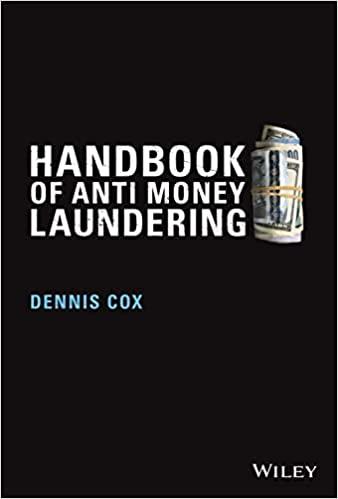Question
The business case for the hiking shoe needed some work; but after preliminary analysis, she focused on the following information: 1. The life of the
The business case for the hiking shoe needed some work; but after preliminary analysis, she focused on the following information:
1. The life of the Persistence project would be only three years, given the steep technological learning curve for this new product line.
2. The wholesale price of Persistence (net to New Balance) would be $90.00.
3. The hiking segment of the athletic shoe market was projected to reach $350 million during 2013, and it was growing at a rate of 15% per year. New Balances market share projections for Persistence were: 2013, 15%; 2014, 18%; and 2015, 20%.
4. The firm would be able to use an idle section of one of its factories to produce the hiking shoe. A cost accountant estimated that, according to the square footage in the factory, this sections overhead allocation would amount to $1.8 million per year. The firm would still incur these costs if the product were not undertaken. In addition, this section would remain idle for the life of the project if the Persistence project were not undertaken.
5. The firm must purchase manufacturing equipment costing $8 million. The equipment fell into the five-year MACRS depreciation category. Depreciation percentages for the first three years respectively were: 20%, 32%, and 19%. The cash outlay would be at Time 0, and depreciation would start in 2013. Analysts estimated the equipment could be sold for book value at the end of the projects life.
6. Inventory and accounts receivable would increase by $25 million at Time 0 and would be recovered at the end of the project (2015). The accounts payable balance was projected to increase by $10 million at Time 0 and would also be recovered at the end of the project.
7. Because the firm had not yet entered the hiking shoe market, introduction of this product was not expected to impact sales of the firms other shoe lines.
8. Variable costs of producing the shoe were expected to be 38% of the shoe's sales.
9. General and administrative expenses for Persistence would be 12% of revenue in 2013. This would drop to 10% in 2014 and 8% in 2015.
10. The product would not have a celebrity endorser. Advertising and promotion costs would initially be $3 million in 2013, then $2 million in both 2014 and 2015.
11. The company's federal plus state marginal tax rate was 40%.
12. In order to begin immediate production of Persistence, the design technology and the manufacturing specifications for a new hiking shoe would be purchased from an outside source for $50 million. This outlay was to take place immediately and be expensed immediately for tax purposes.
13. Annual interest costs on the debt for this project would be $600,000. In addition, Rodriguez estimated the cost of capital for the hiking shoe would be 14%.
Hints: Variable Costs means COGS in this case.
Using the Excel template, produce a projected capital budgeting cash flow analysis for Sneaker 2013. Consider the following:
a. What is the projects year zero cash flow?
b. What are the 2013-2018 net operating cash flows?
c. What is the projects 2018 terminal non-operating cash flow?
d. Does Sneaker 2013 appear viable from a quantitative standpoint? Consider the NPV, IRR and Payback.
| Year | 0 | 1 | 2 | 3 | 4 | 5 | 6 |
| 2012 | 2013 | 2014 | 2015 | 2016 | 2017 | 2018 | |
| Revenue | |||||||
| (Note: put relevant costs in this line and the ones below) | |||||||
| EBIT | |||||||
| Taxes (40%) | |||||||
| Net Income (ignoring interest) | |||||||
| Factory | |||||||
| Equipment | |||||||
| NWC Changes | |||||||
Step by Step Solution
There are 3 Steps involved in it
Step: 1

Get Instant Access to Expert-Tailored Solutions
See step-by-step solutions with expert insights and AI powered tools for academic success
Step: 2

Step: 3

Ace Your Homework with AI
Get the answers you need in no time with our AI-driven, step-by-step assistance
Get Started


